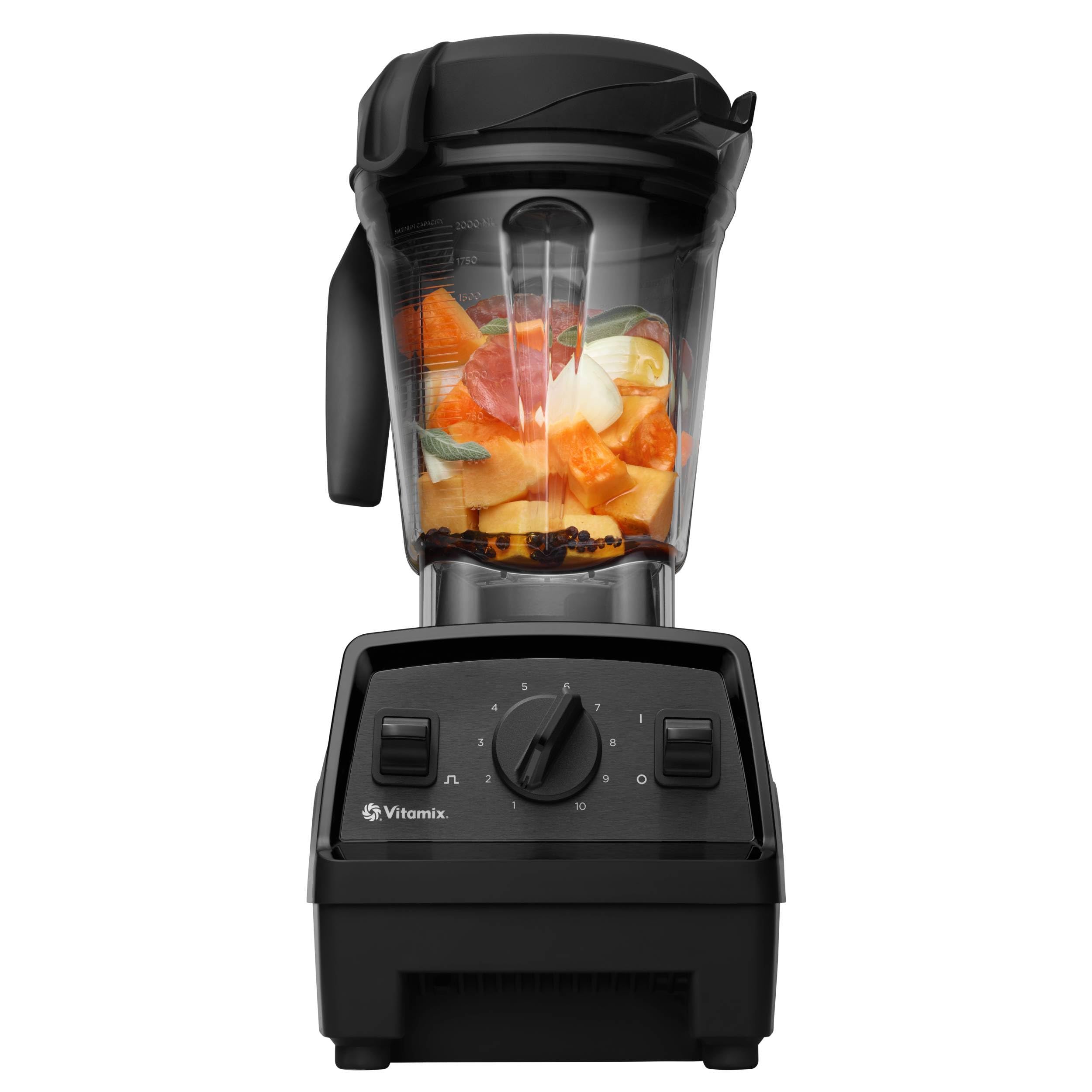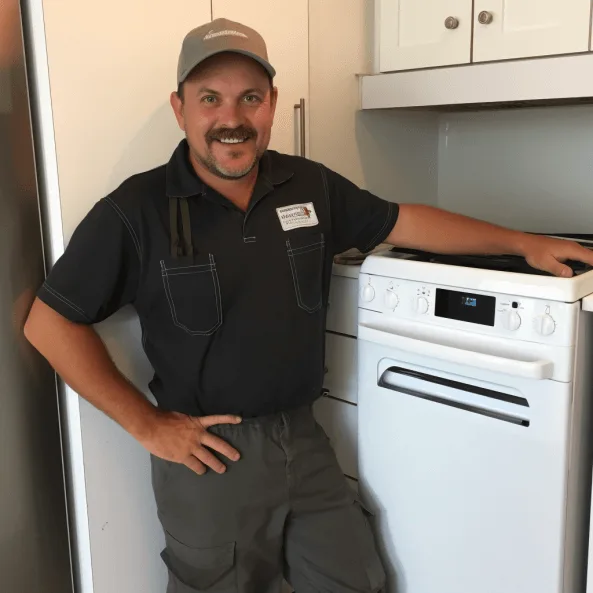Ever wondered how a heat pump keeps your home cozy in winter and cool in summer? You’re not alone! Many people don’t realize the magic happening behind the scenes in their heating and cooling systems.
Key Takeaways
- Heat Pump Functionality: Heat pumps transfer thermal energy, providing efficient heating and cooling by moving heat rather than generating it, making them energy-saving systems.
- Types of Heat Pumps: Various heat pumps exist, including air source, ground source (geothermal), water source, and ductless mini-split systems, each tailored for specific heating and cooling needs.
- Core Components: Essential components of a heat pump include the evaporator coil, compressor, condenser coil, expansion valve, and refrigerant, which work together in a continuous cycle to regulate indoor temperatures.
- Heating Process: During winter, heat pumps absorb heat from the outside air, compress it, and release it indoors, effectively maintaining warmth even in cold conditions.
- Cooling Process: In summer, heat pumps extract heat from indoor air and release it outside, ensuring a comfortable environment during hot weather.
- Versatile Applications: Heat pumps are applicable in both residential and commercial settings, enhancing energy efficiency and indoor climate control in various environments.
Understanding The Basics Of Heat Pumps
Heat pumps transfer heat from one location to another, providing both heating and cooling for your home. Their efficient design allows them to move heat instead of generating it, making them an energy-saving option for year-round comfort.
What Is A Heat Pump?
A heat pump is a device that moves thermal energy from outside to inside or vice versa. It uses a refrigerant to absorb heat at low temperatures, then compresses it to release heat at higher temperatures. This cycle enables heating in winter and cooling in summer, ensuring a comfortable indoor climate regardless of the season.





- Air Source Heat Pumps
Air source heat pumps utilize the outside air to transfer heat. They extract heat from the air and can efficiently heat your home even in colder temperatures. - Ground Source (Geothermal) Heat Pumps
Ground source heat pumps draw heat from the ground. They use loops buried underground to exchange heat with the earth, which maintains a consistent temperature year-round, making them very efficient. - Water Source Heat Pumps
Water source heat pumps rely on nearby bodies of water such as lakes or wells for heat exchange. These systems extract heat from water, making them ideal in locations with accessible water sources. - Ductless Mini-Split Heat Pumps
Ductless mini-split systems consist of an outdoor compressor and one or more indoor units. They provide zoned heating and cooling without the need for ductwork, offering flexibility and efficiency.
Understanding these types gives you insight into which system best fits your needs, ensuring energy efficiency and comfort in your space.
How A Heat Pump Works Diagram
A heat pump uses a simple yet effective system to heat and cool your home. Understanding its core components and the flow of refrigerant enhances your grasp of how it operates.
Components Of A Heat Pump
- Evaporator Coil: Absorbs heat from the outside air or ground, even in cold temperatures.
- Compressor: Compresses refrigerant gas, increasing its temperature and pressure.
- Condenser Coil: Releases heat into your home, warming the indoor air.
- Expansion Valve: Lowers refrigerant pressure, allowing it to expand and cool before entering the evaporator.
- Refrigerant: The fluid circulating through the system, transferring heat between indoor and outdoor units.
- Evaporation: The refrigerant absorbs heat at the evaporator coil, turning into gas.
- Compression: The compressor raises the gas’s pressure and temperature.
- Condensation: The hot gas flows to the condenser coil, releasing heat into your home and turning back into liquid.
- Expansion: The liquid refrigerant passes through the expansion valve, dropping in pressure and cooling down before returning to the evaporator.
This continuous cycle enables the heat pump to efficiently transfer heat, maintaining a comfortable indoor environment year-round.
The Heating Process
Heat pumps operate by transferring heat efficiently, providing warmth during colder months. This section explains how heat absorption and heat release occur in a heat pump system.
Heat Absorption
Heat absorption starts in the evaporator coil, where the refrigerant, a special fluid, enters as a low-pressure gas. As the cold air outside blows over the coil, the refrigerant absorbs heat from the air. Even when temperatures drop, there’s still some heat available. The absorbed heat causes the refrigerant to evaporate, turning it into a gas. This process is critical, as it allows the system to gather heat from the environment effectively.





Heat Release
The next phase involves heat release, which occurs when the gas moves to the compressor. The compressor increases the pressure and temperature of the refrigerant gas. This high-pressure gas then travels to the condenser coil inside your home. Here, the refrigerant releases the gathered heat into the indoor air, warming your space. As the refrigerant releases heat, it condenses back into a liquid. This cycle continues, ensuring a consistent and comfortable indoor environment.
The Cooling Process
The cooling process of a heat pump is essential for maintaining comfort during hot weather. It involves extracting heat from indoors and releasing it outside, ensuring a pleasant indoor environment.
Heat Extraction
During the heat extraction phase, the heat pump utilizes the evaporator coil to absorb heat from the indoor air. Even on warm days, some heat remains indoors. The refrigerant inside the coil absorbs this heat, causing it to evaporate and change from a liquid to a gas. This gas then moves toward the next component of the system.
Cooling Cycle
The cooling cycle begins when the compressor draws in the gaseous refrigerant. The compressor increases the pressure and temperature of the gas. Once compressed, the gas travels to the condenser coil located outside the home. At this stage, the gas releases the absorbed heat into the outdoor air, condensing back into a liquid. The refrigerant then flows back through the expansion valve, where its pressure decreases, preparing it to repeat the cycle. This continuous loop of heat extraction and cooling maintains comfortable indoor temperatures even on the hottest days.
Applications Of Heat Pumps
Heat pumps serve various applications across different sectors, showcasing their versatility and efficiency for both heating and cooling needs.





Residential Uses
In residential settings, heat pumps regulate indoor temperatures throughout the year. You can install air source heat pumps to extract warmth from the outdoor air during winter and release it indoors. In summer, they reverse the process to cool your home. Ground source heat pumps utilize the earth’s stable temperature for efficient heating and cooling, making them ideal for homes with adequate yard space. Ductless mini-split systems work well in homes without existing ductwork, providing zoned heating and cooling.
Commercial Uses
In commercial environments, heat pumps offer energy-efficient solutions for maintaining comfortable temperatures. You can find air source and water source heat pumps in office buildings, retail spaces, and warehouses. These systems help reduce energy consumption and lower utility bills. Geothermal heat pumps also find applications in larger facilities, utilizing the earth’s consistent temperatures for efficient climate control. Their use can improve indoor air quality and enhance employee comfort, leading to increased productivity.
Conclusion
Understanding how a heat pump works can truly enhance your comfort at home. With its ability to efficiently transfer heat for both heating and cooling, you can enjoy a cozy environment all year round.
Whether you’re considering an air source, ground source, or ductless mini-split system, knowing the ins and outs of these systems helps you make informed choices.
By embracing the technology behind heat pumps, you can not only improve your indoor climate but also contribute to energy savings. So take the plunge and explore how a heat pump can transform your space into a haven of comfort.
Frequently Asked Questions
What is a heat pump?
A heat pump is a versatile system that transfers heat from one location to another, providing both heating and cooling for indoor spaces. It operates efficiently, making it an eco-friendly option for maintaining comfortable temperatures throughout the year.
How do heat pumps work?
Heat pumps work by circulating refrigerant through various components, including the evaporator coil, compressor, and condenser. They absorb heat from the outside air or ground and then release it indoors for heating or extract indoor heat to cool the space.
What are the different types of heat pumps?
The main types of heat pumps include air source, ground source (geothermal), water source, and ductless mini-split systems. Each type uses different methods for heat exchange, catering to various heating and cooling needs based on space and efficiency requirements.
What are the benefits of using a heat pump?
Heat pumps are energy-efficient, reducing utility bills and carbon footprints. They provide year-round comfort by heating in winter and cooling in summer. They also require less maintenance than traditional heating and cooling systems, offering reliable long-term performance.
Can heat pumps work in cold climates?
Yes, heat pumps can work effectively in cold climates. They are designed to extract heat from outdoor air, even at lower temperatures, ensuring your home stays warm and comfortable during the winter months.

Hi, I’m Charlie, and I cover all things laundry here at Appliance Mastery.
I’ve spent over eight years working on washing machines, dryers, and dishwashers. I also have a degree in mechanical engineering, which helps me understand how these appliances really work.
I try to make every guide clear and practical. If you’re stuck with a noisy dryer or a leaking washer, I’ll help you figure out what’s wrong and how to fix it.
